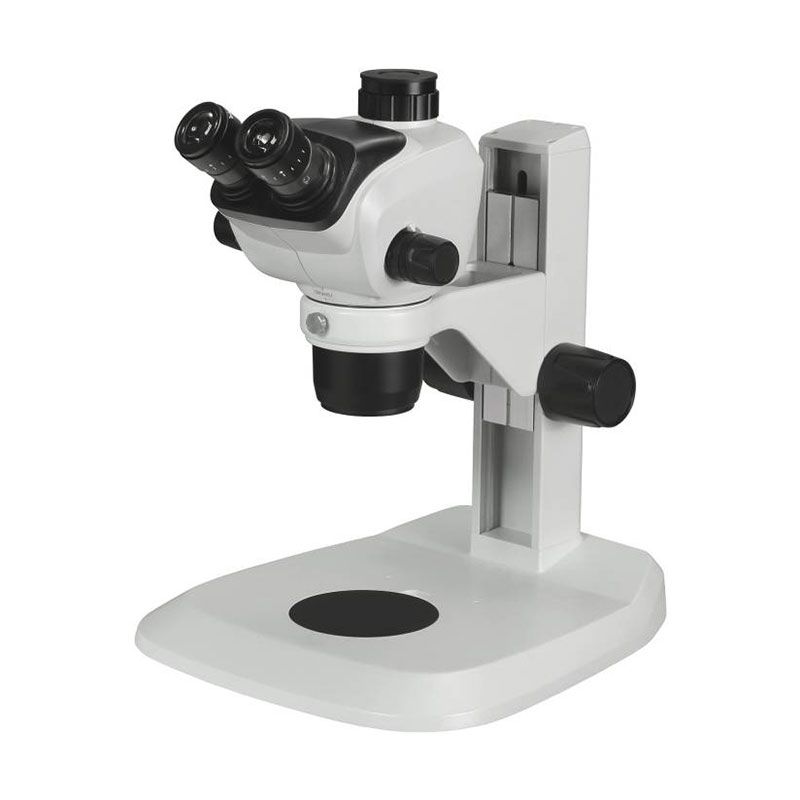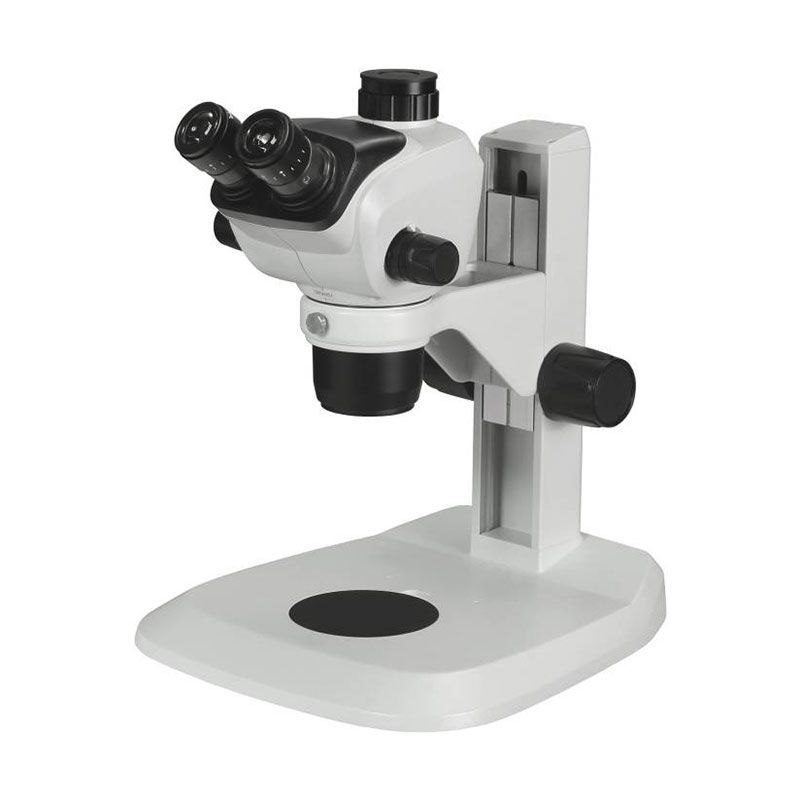A stereo microscope provides an invaluable tool for tasks requiring three-dimensional magnification and depth perception. From electronics assembly to specimen examination, stereo microscopes open new opportunities for science, industry and recreation. However, with the variety of models available, selecting the right Stereo Microscope can seem daunting. This comprehensive guide will help both researchers and hobbyists understand essential factors to consider when choosing a Stereo Microscope.

Magnification Range
Magnification levels offered range widely, typically from 7x to 120x or higher. Lower power ranges from 10-30x suit general inspection and small part assembly, while electronics soldering requires 30-60x. Higher 60-120x magnifications enable detailed microscopy applications. Determine your typical working distances and sample sizes to select the optimal range. Zoom lenses offer flexible control.
Objective Lenses
Objective lenses determine maximum magnification. Benchtop models commonly feature 13mm or 20mm objectives providing 30-70x or 15-45x respectively. Larger 25-40mm objectives on boom arms reach 7-15x. Match your objective diameter to expected working distances and sample apertures for unobstructed views. Anti-reflection coating enhances light transmission.
Working Distance
Consider sufficient working distance between the objective and sample plane to position tools, adjust lighting or avoid touching specimens. Short 63-114mm distances suit close-up work while longer 130-180mm provide maneuvering room. Adjustable working distance objectives cater to varied needs.
Field of View
The field of view or image area captured ranges typically from 25-57mm. Wider fields of 25-40mm encompass more context, useful for overview tasks. Narrower 35-57mm fields magnify smaller but with greater detail. Choosing a suitable balance suits your applications.
Eyepieces
Eyepieces magnify the objective image further for visual observation and are commonly 10x or 16x. 10x provides relaxed viewing while 16x permits greater resolution. Models with swappable eyepieces afford flexibility upgrading in future. Some include tubes for cameras.
Stand Type
Benchtop stands stabilize models on worksurfaces up to 60x. Boom stands suspend microscopes on counterbalanced arms for hands-free 60-120x viewing and precision manipulation. Floor stands enable 100-150x viewing in dedicated work areas. Consider your workspace.
Illumination
Incandescent halogen, fiber optic and LED light sources illuminate specimens from the sides via gooseneck arms. Halogen or fiber optic offer brighter illumination while LEDs are cooler and longer-lasting. Integrated light intensity controls optimize contrast. Models with dual light sources facilitate shadow-free viewing.
Cameras
Attached camera ports and trinocular head tubes enable capturing photo or video documentation. Models accommodating smartphone Stereo Microscope Supplier couplers provide instant sharing. Choose your preferred camera interface for documentation needs.
Budget
Stereo Microscope Supplier ranges widely in price from a few hundred dollars to over $10,000 for research-grade options. Consider available features, quality optics, magnification range, intended uses and replacement intervals to determine a suitable budget level.



